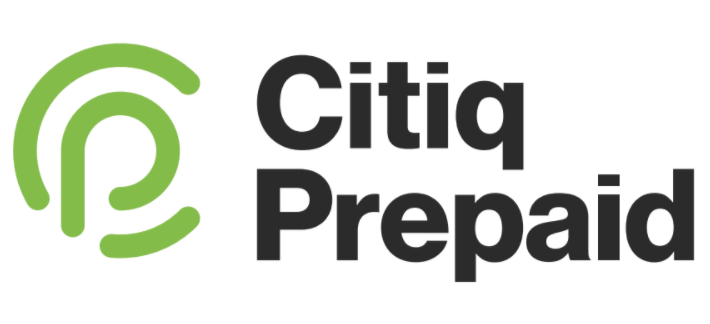Understanding how prepaid recovery rates are calculated can sometimes be confusing and many people assume that prepaid rates are the same everywhere. This is usually not the case. Did you know, depending on your location and provider’s pricing model, electricity costs can vary by up to almost R2 a unit? While most of the money will go towards purchasing electricity or water tokens, there are potentially a number of additional costs. Prepaid utilities from any provider attract additional costs due to the nature of service.
Understanding how prepaid recovery rates are calculated is sometimes unclear and we’d like to make things easier, so we’ve put together this infographic to help you understand:

What are the various fees for?
The base tariff for each electricity unit is set by the provider which, depending on your geographical location, is either Eskom or the municipality. This rate can change according to the exact location, even within provinces and cities, and how many units have been purchased previously in the same calendar month.
Electricity rates are VAT inclusive of 15% of the total amount paid. There are also a few minimal fees built into prepaid rates such as Citiq Prepaid’s fee for delivering the prepaid utility service, and a service fee charged by certain payment channel vendors, which can range from 0 – 3.45%.
There is sometimes an additional building recovery charge to cover the electricity required to power shared areas such as building lifts, corridor lighting and other necessary shared building operations. This is done at the property owner’s discretion keeping the Rental Housing Act guidelines in mind.
Ways to save when buying tokens
- Purchasing tokens through direct channels such as the Citiq Prepaid website (using either Credit Card or Ozow Instant EFT) has no payment channel fee. In order to do this, tenants need to be registered on the Citiq Prepaid Meter Management system. For more information about how to sign up, read this FAQ.
- You can see what your recovery rate has been set to by logging into the Citiq Prepaid Meter Management System. Once again, if you have not yet registered, you can sign up here. If you notice any issues with your rates, please speak to your landlord.
- For other household ways to save on electricity costs, read our 7 ways to save on electricity costs with Citiq Prepaid blog post.
Be aware of incline block tariffs
It’s helpful to understand the incline block tariff (IBT) concept Basically, this means that as you buy more electricity in a month, the more you pay for it. In the case of prepaid customers, it has nothing to do with how much you actually use — the cost is purely based on how much you buy. This means that electricity is one of the rare cases where it’s really not a good idea to buy in bulk. Rather buy from week to week, or buy just enough at the beginning of each month to keep you going. It’s cheaper to top up with a few units at the end of each month than to buy enough to last you for two months. Here is a helpful article explaining how incline block tariffs work.
Use the rate calculator in our tenant portal
Once you’ve signed up for the Citiq Prepaid Meter Management System, you will be able to access our newly designed tenant portal. In this portal, you will not only have access to your purchase history and usage data but also to the newly added rate calculator. The rate calculator allows you to calculate how many units you will receive if you purchase via the different available channels. For example, enter an amount and choose your preferred method of payment i.e. Credit Card and then compare the units received via Credit Card vs choosing another option like buying from a retail shop. This rate calculator will show you the most cost-effective options when purchasing tokens.

If you have any questions about tariffs, we encourage you to speak to your landlord. For any further information or to discuss any other aspect of our service you are welcome to contact Citiq Prepaid’s call centre on 087 55 111 55.
Below is an example to illustrate the saving when not paying a channel fee:
| WITH CHANNEL FEE (3.45%) | WITHOUT CHANNEL FEE (0%) |
|---|---|
 |
 |

